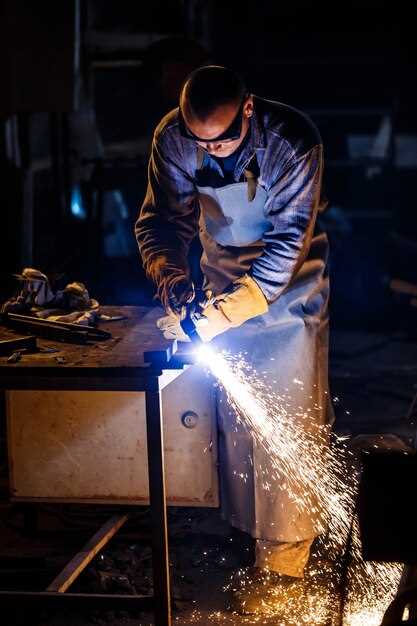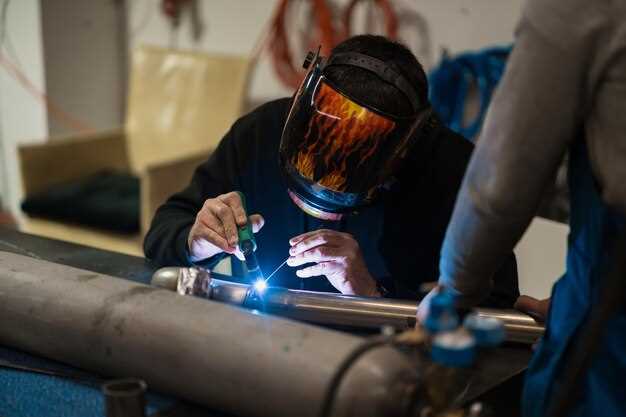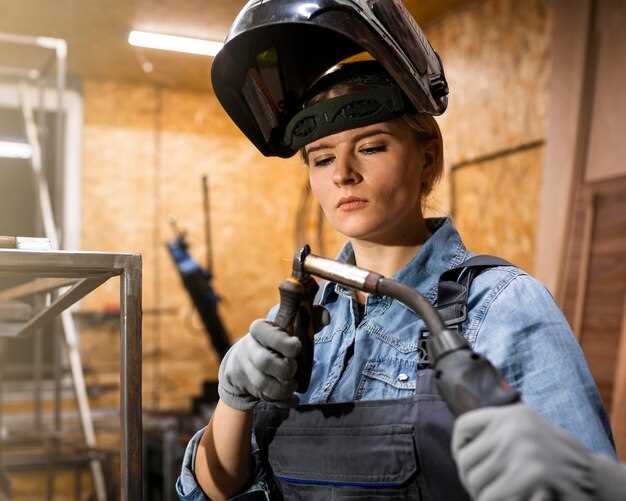
The automotive industry relies heavily on efficient and precise fabrication methods to produce vehicles that meet rigorous safety and quality standards. Among these methods, welding techniques play a crucial role in shaping the structural integrity and performance of automotive components. As manufacturers strive to enhance production speeds while maintaining high quality, the choice of welding techniques becomes increasingly significant.
Different welding methods, such as MIG, TIG, and spot welding, each bring unique advantages and challenges to the automotive manufacturing process. Understanding how these techniques affect not only the fabrication of parts but also the overall assembly efficiency is essential for automotive engineers and manufacturers. The right welding technique can optimize material use, reduce waste, and improve the durability of the finished product.
Moreover, advancements in welding technologies, including automation and robotics, are revolutionizing the way automotive components are fabricated and assembled. These innovations not only increase productivity but also enhance the consistency and precision of welds, which are critical in ensuring vehicle safety and performance. This article will explore the various welding techniques employed in automotive manufacturing and their profound impact on the fabrication process and vehicle quality.
Choosing the Right Welding Method for Vehicle Components
Selecting the appropriate welding method is crucial in automotive manufacturing, as it directly impacts the quality, durability, and overall performance of vehicle components. Different welding techniques offer various advantages depending on the materials, design, and fabrication requirements of the parts being produced.
Arc welding is a popular choice due to its versatility and effectiveness for joining ferrous and non-ferrous metals. It is particularly suitable for thicker components, where heat penetration is essential. Gas Metal Arc Welding (GMAW) is favored for its speed and automation capabilities, making it ideal for high-volume production lines.
Resistance welding, including spot and seam welding, provides a fast and efficient way to join thin sheets of metal. This method is invaluable in the fabrication of car bodies, enabling strong joints while minimizing distortion. Its automation compatibility further enhances production efficiency.
TIG welding, known for producing high-quality welds, is preferred when working with materials requiring precision, such as aluminum or magnesium alloys. This method allows for better control of the heat input, which is crucial in maintaining the integrity of lightweight components.
Laser welding is gaining popularity due to its speed and precision. It’s particularly effective for complex geometries and materials that are difficult to weld using traditional methods. This technique minimizes heat-affected zones, reducing the risk of component warping and ensuring optimal performance.
Lastly, selecting the right welding method also involves considering factors such as production volume, cost, and the mechanical properties required in the finished product. A comprehensive understanding of each welding technique’s characteristics will help manufacturers achieve the desired balance between quality and efficiency in their automotive fabrication processes.
Optimization of Weld Quality in Automotive Fabrication Processes

In the automotive industry, the quality of welds plays a crucial role in ensuring the durability, safety, and overall performance of vehicles. The optimization of weld quality can be achieved through various strategies that focus on both the welding techniques employed and the materials used in fabrication.
Advanced Welding Techniques such as Laser Beam Welding (LBW) and Friction Stir Welding (FSW) have emerged as effective methods for enhancing weld quality in automotive applications. These techniques provide precise control over heat input and material flow, resulting in stronger and more uniform welds. By minimizing distortion and achieving better penetration, manufacturers can significantly improve the structural integrity of automotive components.
Furthermore, automated welding systems are instrumental in maintaining consistent weld quality. Robots equipped with sophisticated sensors can adjust parameters in real-time, ensuring optimal weld characteristics. This automation reduces human error and variability in fabrication processes, leading to higher quality outcomes and increased production efficiency.
The selection of materials also affects weld quality. Using high-strength steels or advanced composites requires specific welding techniques that accommodate different thermal and mechanical properties. Proper material preparation, such as cleaning and preheating, is essential to avoid defects like porosity and inclusions that can compromise weld integrity.
Finally, quality control measures must be integrated into the fabrication process. Techniques such as Non-Destructive Testing (NDT) allow manufacturers to detect flaws early in the production cycle. Regular assessments and feedback loops can guide continuous improvement initiatives, ensuring that welding processes evolve to meet stringent industry standards.
In summary, optimizing weld quality in automotive fabrication processes involves the integration of advanced welding techniques, automation, careful material selection, and robust quality control measures. Together, these strategies enable manufacturers to produce reliable, high-quality automotive components that meet the demands of modern engineering.
Advanced Welding Technologies and Their Role in Production Efficiency

Advanced welding technologies play a crucial role in enhancing production efficiency within the automotive manufacturing sector. These innovative techniques streamline operations, reduce cycle times, and improve the overall quality of welded joints. Among the leading methods are laser beam welding, electron beam welding, and friction stir welding, each offering unique advantages that contribute to more efficient manufacturing processes.
Laser beam welding is renowned for its precision and speed. It utilizes focused laser light to melt the materials at the joint, resulting in minimal heat input and reduced distortion. This precision allows manufacturers to join thinner materials without compromising strength, optimizing material usage and reducing waste. Furthermore, its ability to automate processes enhances productivity and consistency across production lines.
Electron beam welding, on the other hand, operates in a vacuum, allowing for deep penetration and high-quality welding with minimal impurities. This technique is particularly beneficial for large automotive structures, where joint integrity is paramount. The efficiency of electron beam welding permits faster production rates and reduced need for post-weld treatments, which further conserves time and resources.
Friction stir welding brings together the advantages of solid-state joining, creating welds with superior mechanical properties. This method generates heat through friction, eliminating the drawbacks associated with melting the base materials. Its ability to join dissimilar materials expands the possibilities for automotive designs, fostering innovation while maintaining economic advantages through reduced rework rates and increased durability.
The integration of these advanced welding technologies in automotive manufacturing not only enhances production efficiency but also aligns with sustainability goals. By minimizing material waste and improving energy consumption during welding processes, manufacturers can achieve higher output while reducing their environmental footprint. In summary, adopting cutting-edge welding methodologies significantly boosts operational efficiency and supports the industry’s evolution towards more sustainable practices.



